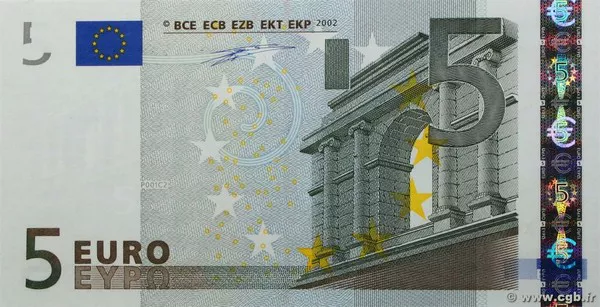Introduction:
In today’s global economy, there are various currencies in use. However, two currencies stand out as the most widely used and traded globally: the euro and the US dollar. These currencies are considered major currencies and are widely accepted in international trade, finance, and transactions. In this article, we will compare the euro and the US dollar to determine which one is higher.
1. History and Background:
The euro became the official currency of the European Union (EU) in 1999, replacing several national currencies. The euro is the second-largest reserve currency in the world, after the US dollar. It is used by over 340 million people in 19 EU member states.
On the other hand, the US dollar is the official currency of the United States of America. It has been in circulation since 1792 and is one of the oldest currencies in the world. The US dollar is the most widely used currency in the world due to the dominance of the US economy.
2. Value and Exchange Rate:
The value of a currency is determined by its exchange rate against other currencies. At the time of writing this article, the euro was trading at 1 euro = 1.22 US dollars. This means that one euro can be exchanged for 1.22 US dollars.
The exchange rate between the euro and the US dollar is affected by various factors such as interest rates, economic growth, inflation, and political stability. For instance, if the interest rates in the Eurozone are higher than those in the US, the euro is likely to appreciate against the US dollar.
3. International Trade:
The euro and the US dollar are the primary currencies used in international trade. The euro is the most commonly used currency in the EU, while the US dollar is used in the majority of international transactions outside the EU. According to the International Monetary Fund (IMF), the US dollar accounts for 62% of global reserves, while the euro accounts for 20%.
4. Economic Indicators:
Economic indicators such as GDP, inflation, and unemployment rates can also affect the value of a currency. In terms of GDP, the United States has the largest economy in the world, with a GDP of over $21 trillion in 2020. The Eurozone is the second-largest economy in the world, with a GDP of approximately $11 trillion in 2020.
Regarding inflation, the European Central Bank (ECB) aims to keep inflation below or close to 2%, while the Federal Reserve targets an inflation rate of 2%. In terms of unemployment rates, the US had an unemployment rate of 6% in April 2021, while the Eurozone had an unemployment rate of 8.1%.
5. Political Stability:
Political stability is also an essential factor that affects the value of a currency. The US is considered politically stable, with a strong democratic system and a robust legal framework. On the other hand, the Eurozone comprises 19 different countries, each with its political system, making it more vulnerable to political instability.
Conclusion:
In conclusion, both the euro and the US dollar are major currencies used globally for international trade, transactions, and investments. However, the US dollar is generally considered stronger than the euro due to the dominance of the US economy and its political stability. Nonetheless, the exchange rate between the two currencies is dynamic and can fluctuate based on various economic and political factors.
Therefore, it is crucial to stay informed and updated on the latest developments in the global economy to make informed decisions regarding currency exchanges and investments.
Related topics:


